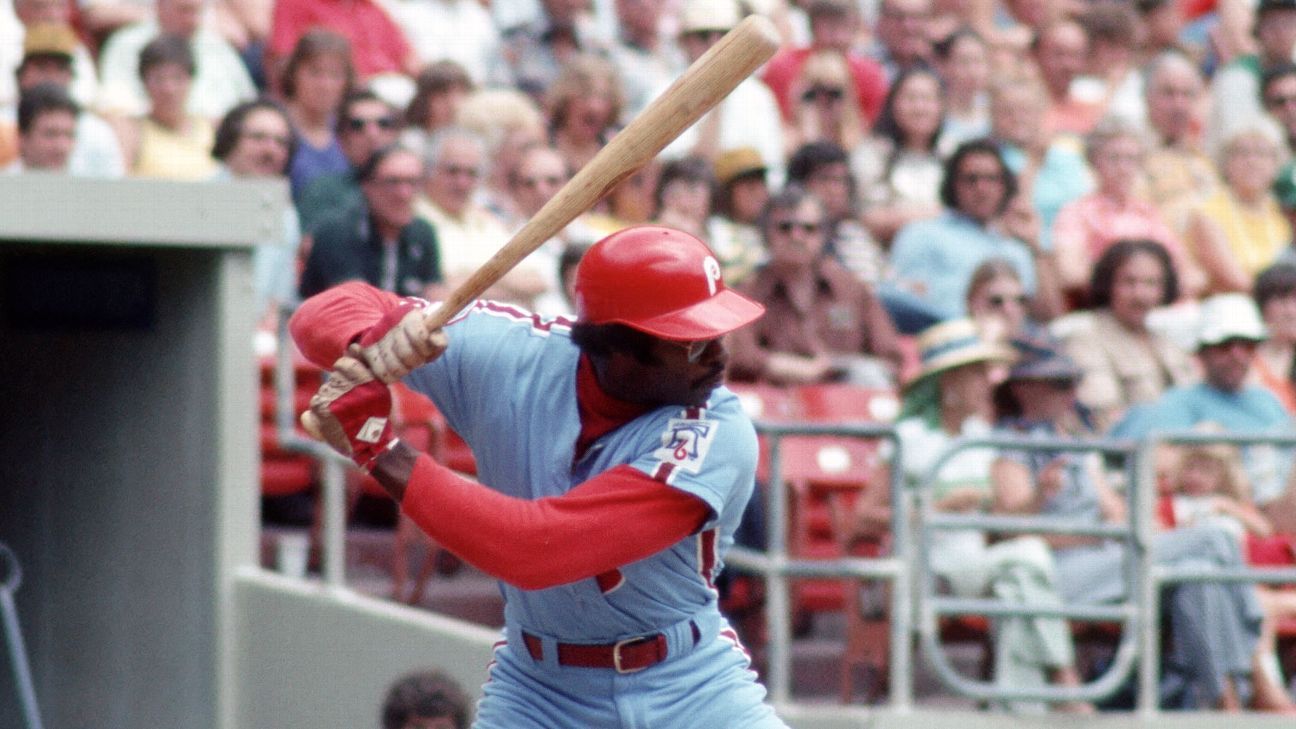Originally posted by Mike
View Post
I'm old enough to remember.
I'm old enough to remember what it was like watching a baseball game that didn't feature six pitching changes in the final two or three innings. I'm old enough to remember when "closers" were called "firemen" and "setup men" didn't exist.
I'm also old enough to remember who brought us the closer and the setup man, Tony LaRussa.
With his announced retirement earlier today it's time to reflect on a manager destined for the Hall Of Fame. LaRussa is a man who took two different teams in two different leagues to three World Series each. It's something no other manager in the long storied history of baseball has ever done.
It's also worth reflecting on another less glamorous aspect of the LaRussa legacy. LaRussa is responsible for longer games, more pitching changes and the opportunity for fans to watch more of the pitchers they've rarely heard of on the mound and less of the starters they grew up wanting to be like.
There's not one child or teen playing baseball right now dreaming of growing up to become a setup man. There may be a few dreaming of becoming closers. The majority though want to start. They want the ball, they want a chance at a no-hitter, a shutout, or a perfect game. They dream of getting 20K's like Roger Clemens or 20 wins like Justin Verlander.
There aren't many of those in baseball—there never have been. It's not easy to be Steve Carlton, Tom Seaver, Jim Palmer, or Pedro Martinez.
There are fewer of them now though. Some of that is because of Tony LaRussa. Sports maybe unique but they're not immune to human nature and human nature draws people to see something that works and then imitate it. There's a cliche out there that calls that "flattering."
When Tony LaRussa used a talented bullpen comprised of Rick Honeycutt, Gene Nelson and Greg Cadaret, he put strict designations on when and how each member would be used to help lead the Oakland A's to three World Series appearances in a row from 1988 to 1990. Other teams, other players and other managers were all watching.
If it worked for LaRussa it could work for them as well. The Blue Jays had Duane Ward, Mark Eichhorn and Mike Timlin in the bullpen. They won in 1992 and 1993. Then came the New York Yankees and Joe Torre World Series runs.
The Yankee Dyansty that won four of six World Series between 1996 and 2001 had just two members of their starting rotation win 20 games. They didn't have a Cy Young Award winner until the 2001 season. The starters were good, but what set them apart was the bullpen. What they had was the greatest closer in Baseball history in Mariano Rivera and some exceptional seventh and eighth inning pitchers named Jeff Nelson and Mike Stanton (among others).
Yankee pitchers didn't shut you out and they generally didn't throw complete games. What they generally did was give the Yankees six innings before they'd exit and allow the bullpen to take over.
When you add the Yankee success to the A's success, you get a formula. That formula, which is now practiced by almost every team in baseball, is no longer one that yields World Series winning, or even playoff appearing results.

LaRussa made former starter Dennis Eckersley into one of baseball's most dominant closers
Now it's just part of the game. When you're watching your favorite team play and your team's best starting pitcher is removed in the seventh inning after having thrown 105 pitches. You can thank Tony LaRussa for that.
When the new pitcher that replaces him allows two inherited runs to score on single or double after having thrown only three pitches, you can thank Tony LaRussa for that too.
That's part of the LaRussa legacy and it's not that he's a bad man or a bad manager. It's just that his long term influence on the game is one of longer games with little in the way of improved starting pitching as a result.
The problem with the LaRussa blueprint is that it somehow assumes that the fresh arm out of the bullpen is better than the one it's replacing. This blueprint is in effect in spite of the fact the in most cases the entire reason that given pitcher is coming out of the bullpen in the seventh inning in the first place is because he's not as good a pitcher as the guy he's replacing.
If he were he wouldn't be in the bullpen in the first place. He'd be starting and if he weren't starting, he'd be closing.
To be fair there are some very good middle relievers and setup men in baseball. They generally don't remain in those roles for very long though. Some become closers, some become starters, and some—actually a lot of them—bounce from team-to-team hoping to catch lightening in a bottle for one season and the yield a decent contract from that short-term success. That's what most good middle relievers are.
They don't throw many innings. Even the most frequently used middle guys rarely eclipse 100 innings pitched. A good 75 inning season is sort of like having a few good months as a starter. Every baseball fan knows that just because a starter has impressive numbers in May or early June doesn't mean he'll end up having a great season. That's because it's a small sample size. Well one good or even great season for a middle guy is still a small sample size.
Yet thanks to Tony LaRussa baseball teams have been increasingly relying on these types of pitchers for the better part of the last 20 or so years.
Tony LaRussa was a great manager but I'm not so sure that the sport of baseball is that much better because of him.



Comment